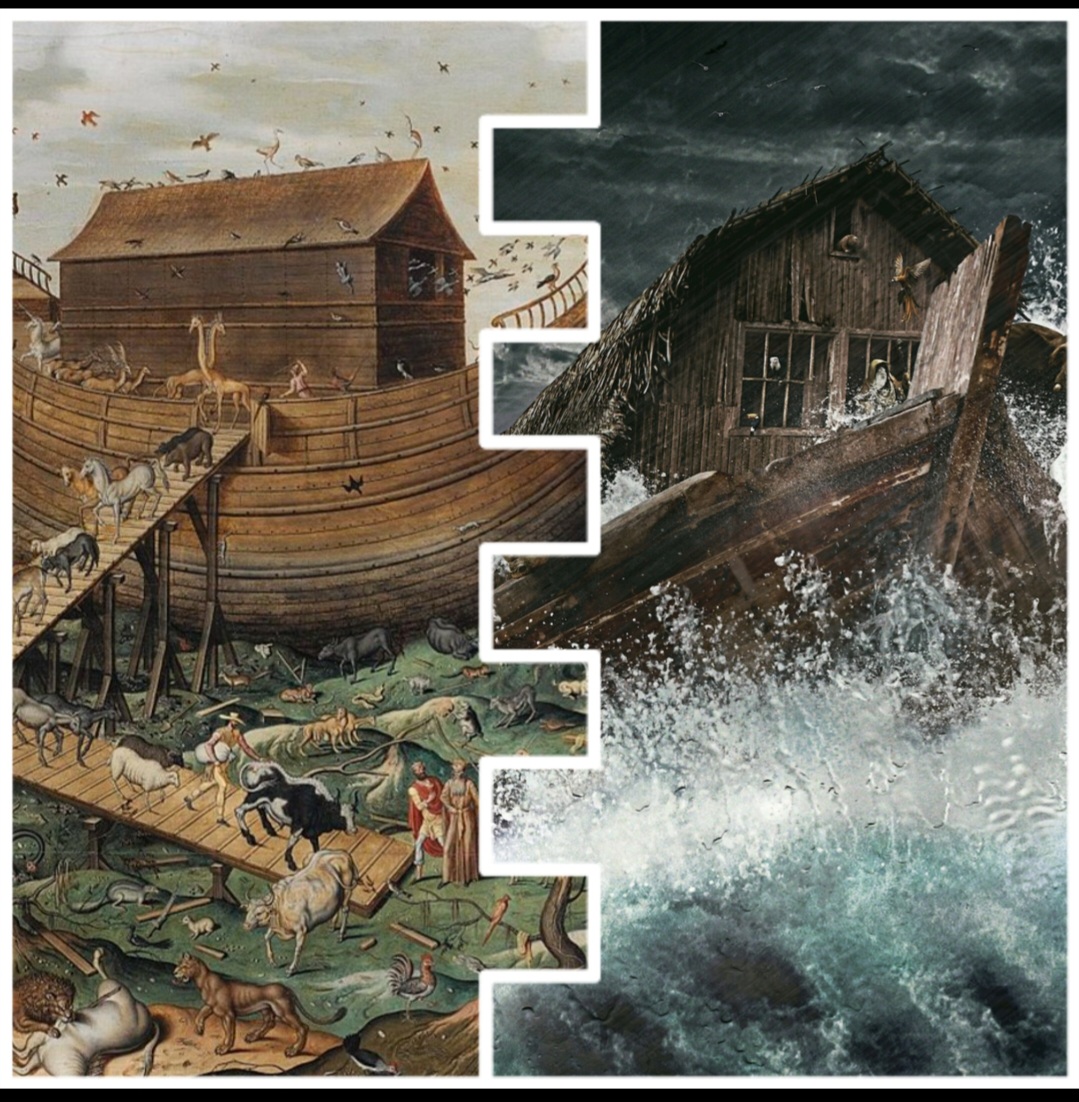Narrative Interplay: Unraveling the Shared Tales between the Torah and Mesopotamian Culture”
Embark on an intriguing journey as we uncover the intricate connections between the Torah, the sacred text of Judaism, and the ancient narratives woven within Mesopotamian culture. This exploration delves into the hypothesis that the writers and compilers of the Old Testament were not just influenced by Mesopotamian culture but might have actively incorporated and adapted stories, creating a tapestry of shared narratives that echoes through the ages.
Mesopotamia, as the elder civilization, lays the foundation for stories that would later find their way into the Jewish tradition. The Torah, emerging in a later era, becomes a canvas where echoes of Mesopotamian narratives are painted. This dual perspective prompts us to question not only the historical landscapes but also the potential dialogue between these cultures, where inspiration may have been drawn and stories adapted.
As we scrutinize the legal codes, parallels emerge between the Mosaic Law and Mesopotamian legal traditions. The Code of Hammurabi and the Code of Ur-Nammu offer striking resemblances, inviting us to consider the intriguing possibility that the ethical principles governing these ancient societies were not just independently developed but were actively borrowed and adapted.
The creation stories present a compelling case for a dynamic exchange of narratives. Mesopotamian tales, such as the Enuma Elish, find echoes in the Genesis account, suggesting a deliberate intertwining of cultural narratives. The flood story, exemplified by Noah’s ark, becomes a poignant example that prompts us to question whether the Jewish tradition drew inspiration or actively incorporated Mesopotamian motifs.
Central to both traditions is the concept of a covenant between the divine and humanity. Examining these sacred agreements invites us to ponder whether the Jewish writers engaged in a deliberate conversation with Mesopotamian cultural reservoirs, adapting and incorporating elements that resonated across these civilizations.
The exploration of cultural influences becomes a nuanced examination of potential borrowings. Symbolism, metaphors, and allegorical elements may not only reflect shared human experiences but also intimate a deliberate cultural exchange. The question arises: to what extent did the Torah writers actively borrow and adapt the symbolic language of Mesopotamian narratives?
The ethical concerns embedded in both the Torah and Mesopotamian texts become focal points for a deeper inquiry. As we explore shared principles, we confront the possibility that the moral fabric of the Jewish tradition was enriched by narratives borrowed, adapted, or reimagined from the ancient Mesopotamian tapestry.
The evidence presented in this exploration invites us to reconsider the relationship between the Torah and Mesopotamian culture. Beyond mere influence, the possibility of active borrowing and adaptation becomes a lens through which we view the shared narratives. The flood story, with its protagonist Noah and the ark, stands as a compelling example, urging us to question whether the Jewish tradition, in crafting its sacred stories, engaged in a nuanced interplay with the cultural wealth of Mesopotamia, shaping a narrative tapestry that transcends temporal and cultural.
